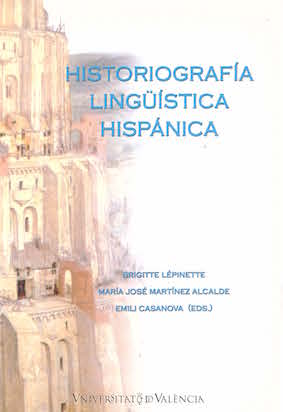La neología en la gramática y el diccionario del siglo XIX
DOI:
https://doi.org/10.7203/qfilologia.13.4035Keywords:
Spanish Linguistic Historiography, 19th Century, Neology, Lexicon and Grammar interrelation Abstract
Abstract
Grammarian Vicente Salvá’s (1786-1849) lexicographical contributions provided a new theoretical approach to the 19th century Spanish grammar. A simultaneous dedication to these two disciplines allows us to give some examples of relations between the lexical studies and the grammar ones. Relations that Salvá and Bello’s generation (1781-1865) had already managed to establish. These authors not only contribute to lexical expansion in Spanish –against other more preservative positions–, but also describe and regulate grammar behaviors of new lexical series, like the plural form of recent borrowings or the feminine form of new constructions. The lexicographical treatment of deverbal nouns finishing in -tor , -dor , (director , conspirador ) still today reveals the problems of a 19th century marking system which in practice doesn’t take into account the noun classification as noun and adjective.
 Downloads
Downloads
Downloads
How to Cite
-
Abstract350
-
PDF (Español)364
Issue
Section
License
 Este obra está bajo una licencia de Creative Commons Reconocimiento-NoComercial-SinObraDerivada 4.0 Internacional.
Este obra está bajo una licencia de Creative Commons Reconocimiento-NoComercial-SinObraDerivada 4.0 Internacional.
Authors who publish with this journal agree to the following terms:
- Authors retain copyright and grant the journal right of first publication with the work simultaneously licensed under a Creative Commons Attribution License that allows others to share the work with an acknowledgement of the work's authorship and initial publication in this journal.
- Authors are able to enter into separate, additional contractual arrangements for the non-exclusive distribution of the journal's published version of the work (e.g., post it to an institutional repository or publish it in a book), with an acknowledgement of its initial publication in this journal.
- Authors are permitted and encouraged to post their work online (e.g., in institutional repositories or on their website) prior to and during the submission process, as it can lead to productive exchanges, as well as earlier and greater citation of published work (See The Effect of Open Access).



